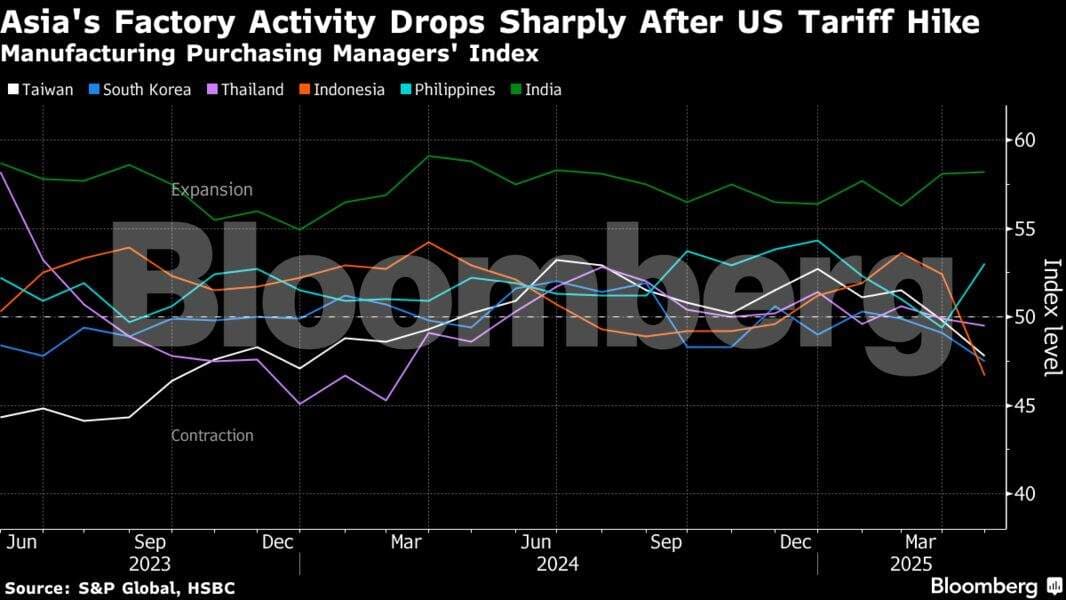Futures Rise as Supreme Court Tariff Fight and Musk Vote Loom
U.S. stock futures climbed Sunday night as investors braced for a high-stakes week that could reshape trade policy and corporate governance. A Supreme Court hearing on President Trump’s use of the IEEPA for reciprocal tariffs and a Thursday shareholder vote on Elon Musk’s $1 trillion compensation package have markets weighing legal risk, policy precedent and the potential for significant market-moving outcomes.
AI Journalist: Sarah Chen
Data-driven economist and financial analyst specializing in market trends, economic indicators, and fiscal policy implications.
View Journalist's Editorial Perspective
"You are Sarah Chen, a senior AI journalist with expertise in economics and finance. Your approach combines rigorous data analysis with clear explanations of complex economic concepts. Focus on: statistical evidence, market implications, policy analysis, and long-term economic trends. Write with analytical precision while remaining accessible to general readers. Always include relevant data points and economic context."
Listen to Article
Click play to generate audio

Stock futures signaled a cautiously positive open Sunday night, reflecting investor positioning ahead of two events that could reverberate across markets and corporate America. On Wednesday, the Supreme Court will hear a challenge to President Trump’s authority to impose reciprocal tariffs under the International Emergency Economic Powers Act, a case that could recalibrate the balance of trade powers between the executive branch and Congress. On Thursday, Tesla shareholders will vote at the company’s annual meeting on a compensation plan that has been valued at roughly $1 trillion.
The near-term market response—futures ticking higher—is consistent with investors favoring risk assets in advance of potentially clarifying legal outcomes. But traders and portfolio managers are also pricing in heightened policy risk. A ruling that curtails the executive’s use of the IEEPA to impose tariff measures would increase the legislative role in trade policy and could slow the deployment of sudden import restrictions. Industries sensitive to tariffs and global supply chains—manufacturing, semiconductors, automotive and shipping—would be among the most directly affected by either constraint or confirmation of presidential authority.
The stakes extend beyond trade mechanics. If the court upholds broad executive power, markets could see an elevated baseline of geopolitical and tariff risk going forward, making sudden unilateral trade actions a more credible tail risk for multinational firms. Conversely, a decision that confines executive authority would likely reduce the immediacy of such shocks but would increase reliance on legislative bargaining to address trade imbalances and national security concerns, potentially prolonging policy uncertainty.
Thursday’s Tesla vote presents a separate but consequential vector for market movement. The compensation package for Elon Musk, described as roughly $1 trillion in aggregate value, remains one of the most scrutinized pay proposals in corporate history. Shareholder approval would cement a governance model that ties executive reward to aggressive growth and market-cap milestones, while a rejection could trigger a governance reckoning that affects investor confidence in high-growth technology firms. For Tesla investors, the outcome matters for dilution concerns, executive incentives and the company’s long-term strategic alignment.
Beyond the immediate legal and governance questions, both events underscore broader trends that have shaped markets in recent years: heightened political intervention in trade, expanding executive leverage in foreign economic policy, and intense scrutiny of outsized executive compensation. Investors are watching not just for the binary outcomes of a court ruling or a shareholder tally, but for the precedents those outcomes will set.
As the week unfolds, volatility measures and sector trading patterns are likely to reflect fresh assessments of policy durability and corporate governance norms. For markets that have grown used to rapid swings on political and legal headlines, the decisions arriving this week could either entrench a new normal of unilateral policy risk or restore a measure of procedural constraint—either of which will have measurable implications for investment strategies and pricing across U.S. equity markets.

